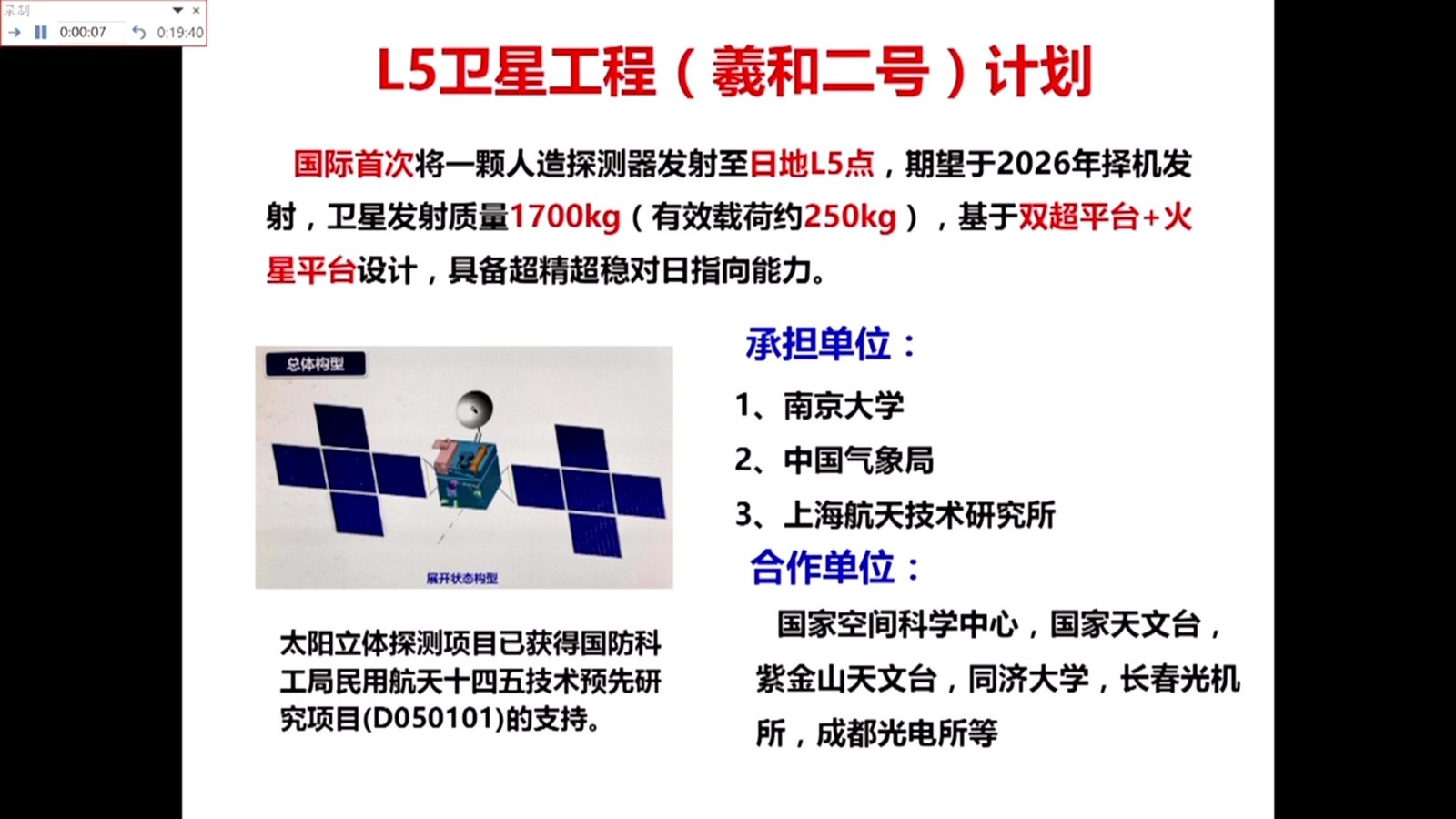SHANGHAI, April 24 -- The China National Space Administration (CNSA) announced on Thursday that scientists from institutions in France, Germany, Japan, Pakistan, the United Kingdom (UK) and the United States (U.S.) have been granted the opportunity to borrow lunar samples collected by the Chang'e-5 mission for scientific research.
At a ceremony for China's Space Day in Shanghai, the agency announced that seven institutions from six countries have been authorized to borrow the lunar samples.
The authorized institutions include the Institut de Physique du Globe de Paris (IPGP) in France, the University of Cologne in Germany, Osaka University in Japan, the Pakistan Space and Upper Atmosphere Research Commission (SUPARCO), the Open University in the UK, Brown University in the US, and the State University of New York at Stony Brook in the US.
In 2020, China's Chang'e-5 mission retrieved samples from the moon weighing about 1,731 grams.
Shan Zhongde, head of the CNSA, said China's lunar exploration program has always adhered to the principles of equality, mutual benefits, peaceful utilization and win-win cooperation, sharing achievements with the international community.
He added that CNSA will continue to accept international applications for lunar sample research, expressing hope that global scientists will make new discoveries that expand human knowledge and benefit humanity.
In November 2023, CNSA opened applications for international researchers to borrow Chang'e-5 lunar samples. By the end of December 2023, it had received 24 applications from 11 countries and international organizations.


































